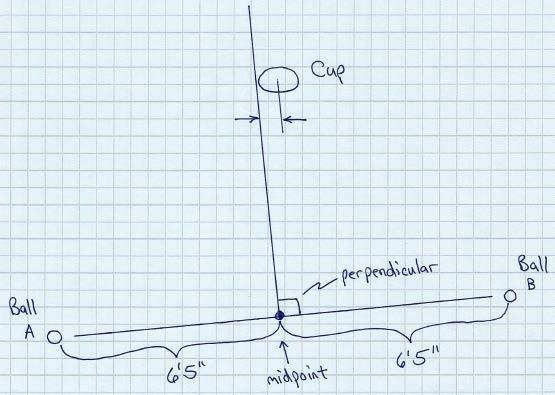In the realm of sports, golf stands out as a game of precision and strategy, requiring players to master not only the mechanics of their swing but also the underlying geometry and kinematics involved in each shot. A golf swing is a complex motion that combines rotational movements, leverage, and timing to propel the ball with accuracy and distance. By understanding the principles of golf geometry and kinematics, players can improve their performance on the course and optimize their swings for better results.
The geometry of a golf swing plays a crucial role in determining the trajectory and accuracy of the ball. One of the fundamental concepts in golf geometry is the swing plane, which refers to the imaginary plane created by the angle of the club shaft at address and throughout the swing. The swing plane dictates the path that the clubhead will follow during the swing, impacting the angle of attack and the direction of the ball.
To achieve an optimal swing plane, golfers must align their body and club in a way that promotes a consistent, efficient motion. This involves controlling the angle of the clubface, the position of the hands, and the rotation of the body to ensure that the club follows a desirable path through the impact zone. By paying attention to these geometric principles, players can develop a more reliable and repeatable swing that leads to better ball striking and shot outcomes.
In addition to geometry, the kinematics of a golf swing also play a crucial role in determining the power and speed of the shot. Kinematics refers to the study of motion without considering the forces that cause it, focusing instead on the movement patterns and sequences involved in the swing. By analyzing the kinematics of a golf swing, players can identify areas for improvement in their technique and mechanics.
One key aspect of golf kinematics is the sequence of movements that occur during the swing. A proper sequence involves the coordinated rotation of the body, arms, and club in a specific order to maximize power and speed at impact. By starting the downswing with the lower body and hips, players can transfer energy efficiently from the ground up, generating more clubhead speed and distance in the process.
Another important factor in golf kinematics is the timing and tempo of the swing. By maintaining a smooth and rhythmical motion throughout the swing, players can optimize their timing and coordination, leading to more consistent ball striking and improved accuracy. Developing a sense of timing and tempo requires practice and repetition, as well as an understanding of how different swing speeds and rhythms can affect the outcome of the shot.
Overall, mastering the principles of golf geometry and kinematics is essential for any player looking to improve their performance on the course. By paying attention to the geometry of their swing plane and the kinematics of their movement patterns, golfers can refine their technique, optimize their power and accuracy, and ultimately lower their scores. With dedication and practice, players can harness the power of geometry and kinematics to elevate their game to new heights and enjoy greater success on the golf course.
